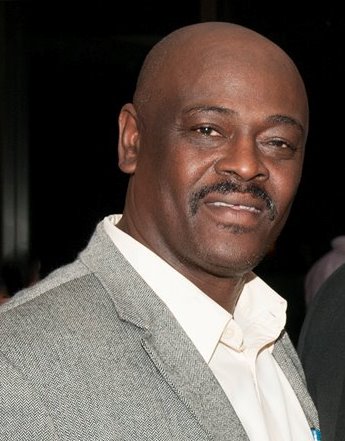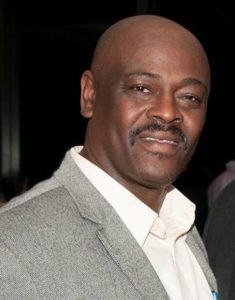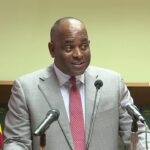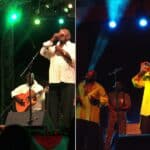Message by Charles Lindo
Director of Tourism, St. Eustatius Tourism Development Foundation
5th Statia Sustainable Conference
Mike van Putten Youth Centre
26 September 2016

First of all, I would like to welcome all speakers and participants to the 5th annual Statia Sustainable Conference (SSC-5), and at the same time would like to thank you for your attendance. The general purpose of SSC is to Inform, Educate and Motivate persons on the issues that can make a difference in our society whether economically, socially or other. Understanding the core meaning of accessibility and how it can benefit us in the long run is of high importance. The intention of this year’s conference is to ensure that person or persons can easily comprehend the idiom ACCESIBILITY covers, and to be able to find purpose in their role towards this so call “new’ trend. However I will focus on disabled persons and the challenges they could face.
One of the main concentrations when talking about accessibility is the possibility to cater to disabled persons. The main question here is “how ACCESSIBLE are you”? It is extremely important that destinations not only have the necessary plans in place to meet the very fast growing world of disabled travelers but to have the necessary air and sea lift to do so as well.
Social media and the internet in general have been said to have brought the world to disabled travelers. Travelers with disabilities can easily visit certain websites to determine when to travel, where to travel to and what laws and regulations a certain destination may have in place for disabled travelers. Persons with disabilities, on average as a group, are more likely to experience adverse socioeconomic outcomes than persons without disabilities, such as less education, worse health outcomes, less employment, and higher poverty rates. (World Bank), a country’s economic, legislative, physical, and social environment may create or maintain barriers such as inaccessible buildings, transport, information, and communication technology; inadequate standards, services, and funding for those services; and too little data and analysis for evidence-based, efficient, and effective policies.
According to World Bank April 4th 2016; one billion people, or 15 % of the world’s population, experience some form of disability. One-fifth of the estimated global total or between 110 million and 190 million people experience significant disabilities. Eight billion dollars per year is spent on Australian tourism by travelers with a disability-accessibility resource kit.
Over the years, we have held conferences on alternative energy, water and the economic value of tourism & the business, community tourism etc. I would like to personally congratulate the SSC committee on a job well done in organizing this prestigious conference, for the 5th year.
First of all, I would like to welcome all speakers and participants to the 5th annual Statia Sustainable Conference (SSC-5), and at the same time would like to thank you for your attendance. The general purpose of SSC is to Inform, Educate and Motivate persons on the issues that can make a difference in our society whether economically, socially or other. Understanding the core meaning of accessibility and how it can benefit us in the long run is of high importance. The intention of this year’s conference is to ensure that person or persons can easily comprehend the idiom ACCESIBILITY covers, and to be able to find purpose in their role towards this so call “new’ trend. However I will focus on disabled persons and the challenges they could face.
One of the main concentrations when talking about accessibility is the possibility to cater to disabled persons. The main question here is “how ACCESSIBLE are you”? It is extremely important that destinations not only have the necessary plans in place to meet the very fast growing world of disabled travelers but to have the necessary air and sea lift to do so as well.
Social media and the internet in general have been said to have brought the world to disabled travelers. Travelers with disabilities can easily visit certain websites to determine when to travel, where to travel to and what laws and regulations a certain destination may have in place for disabled travelers. Persons with disabilities, on average as a group, are more likely to experience adverse socioeconomic outcomes than persons without disabilities, such as less education, worse health outcomes, less employment, and higher poverty rates. (World Bank), a country’s economic, legislative, physical, and social environment may create or maintain barriers such as inaccessible buildings, transport, information, and communication technology; inadequate standards, services, and funding for those services; and too little data and analysis for evidence-based, efficient, and effective policies.
According to World Bank April 4th 2016; one billion people, or 15 % of the world’s population, experience some form of disability. One-fifth of the estimated global total or between 110 million and 190 million people experience significant disabilities. Eight billion dollars per year is spent on Australian tourism by travelers with a disability-accessibility resource kit.
Over the years, we have held conferences on alternative energy, water and the economic value of tourism & the business, community tourism etc. I would like to personally congratulate the SSC committee on a job well done in organizing this prestigious conference, for the 5th year.






